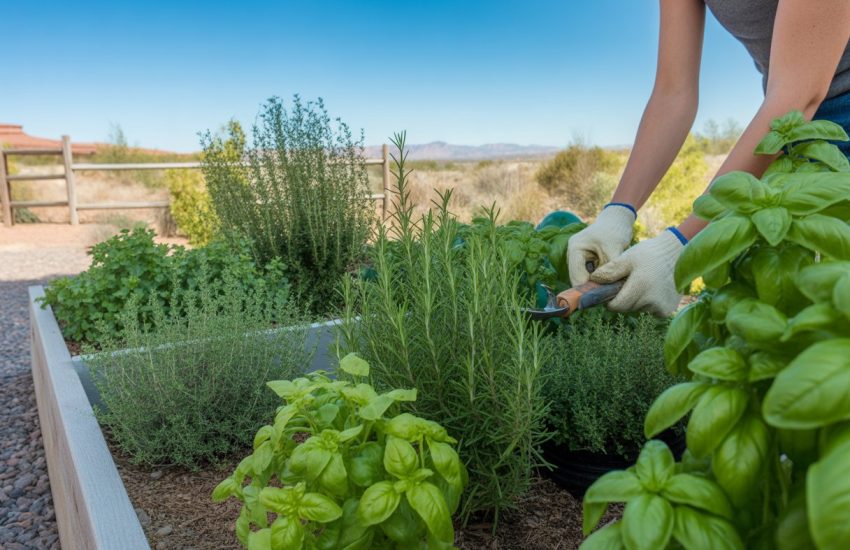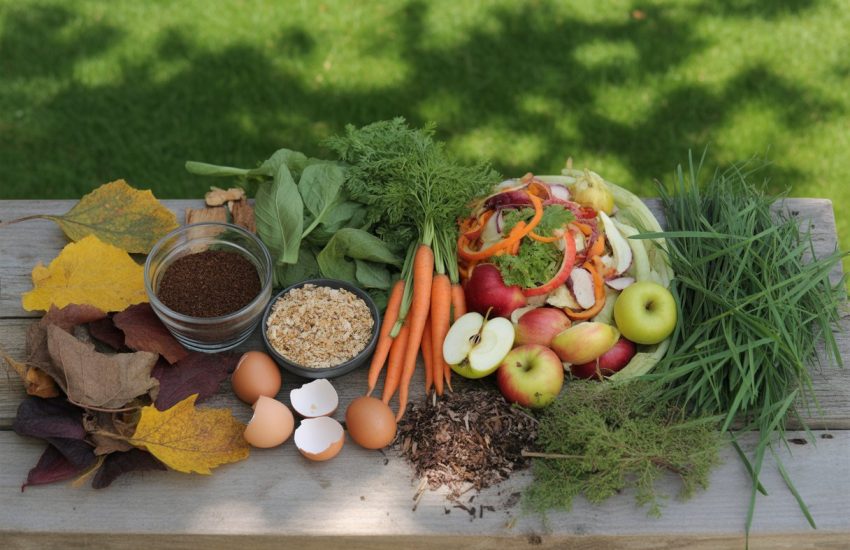How to Grow Jalapenos from Seed
Introduction
Sometimes, we want to make an addition to our garden or balcony. Of course, the first thing that comes to mind is flowers. They would look good, but how about planting some vegetables such as peppers? Since they won’t take huge places, it would be a good choice, especially for small places.
Picking the vegetables you grow is an amazing feeling, and it has a cloud nine effect for beginner gardeners. There are so many different types of peppers in the world they can be found and planted everywhere. Eating raw or pickled peppers such as jalapenos is beneficial for health, too. In this article, we will learn how to grow jalapenos from seed as well as other needed information.
What are Jalapenos?

Jalapenos are medium-sized chili pepper that is especially popular in Spain and Mexico. The name itself comes from the capital city of the Mexican state of Veracruz. They can be found in Mexican cuisine, however, gained more popularity in other cuisines too.
The heat for them is rated as middle. The answer to why they produce heat is capsaicin inside them. The spiciness may differ from type to type and under growing conditions. Moreover, even the time of the cultivation effects, too. However, it would be too heated for you if you are sensitive to heat. There are different methods to consume jalapenos. You can eat as chopped with salsa or can make a paste. Consuming sliced jalapenos as pickled is highly known.
Types of Jalapenos
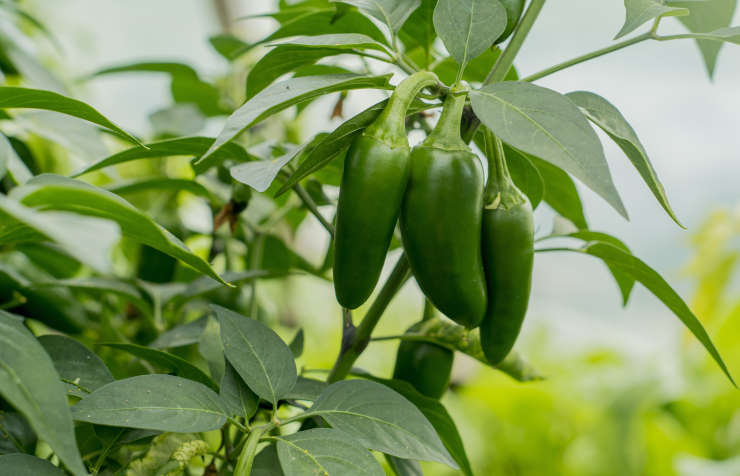
This may surprise you, but there are lots of types of jalapenos that you can grow. Jalapenos are generally dark green, but the color changes from type to type. Color is the visible feature, but heat and taste change from type to type as well.
- Purple Jalapenos are so popular in some Mexican states. Their leaves are black, which makes them unique. But be aware: they are super hot!
- Jaloro (Yellow Jalapenos) is one of the most suitable peppers for pickling because of its size. Moreover, they would be a good choice if you like middle heat.
- Mucho Nacho Jalapenos can be green and red and are super hot. If you like spicy peppers, Mucho Nacho would be an amazing choice.
Are Jalapenos Hard to Grow?
The quick answer is no. However, you should provide the correct materials to grow jalapenos healthily. You need to provide suitable soil, regular water, and sunlight for them. These are the most needed for healthy growth. You may be a beginner gardener that looks for some vegetables to grow easily. Some vegetables – or plants – require special treatment and extra care that would be troublesome for you.
Therefore, choosing jalapenos to grow would be a good choice for the beginning. Moreover, you can choose the type you want to grow. Do you like mild spices or too hot peppers? Or do you like easily pickled ones? That’s okay, you can grow the type according to your taste. As long as you provide the needed materials, jalapenos are not hard to grow.
How to Choose the Best Jalapenos for Growing?
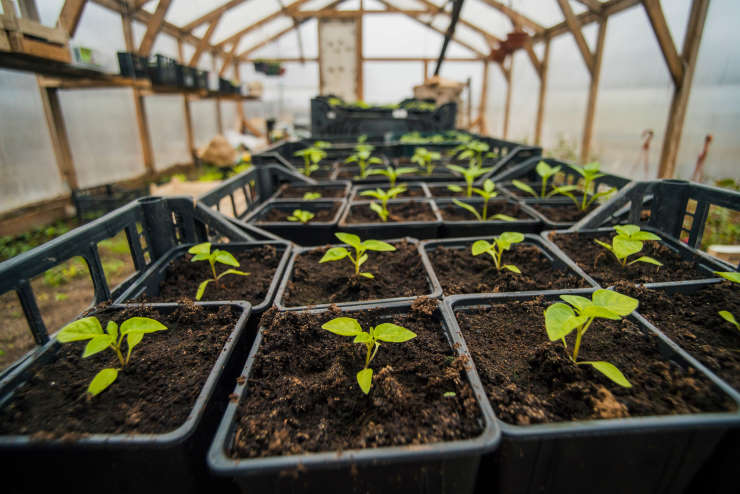
Choosing the best jalapenos for growing is an important step to receiving healthy produce. Or, you may want to grow some spicy peppers as well as less spicy ones. Moreover, some types may be difficult to germinate.
Looking for stretch marks on the surface. It will demonstrate the stress level of pepper that also affects the hotness.
The smooth surface shows that the pepper is young and less stressed.
The other feature is color. The red ones are extremely hot and older. But it can be sweeter than green ones sometimes. The best way to choose is to take a bite from the pepper, but be careful about the hotness. You may burn your tongue easily.
Can You Plant the Seeds from a Jalapeno?
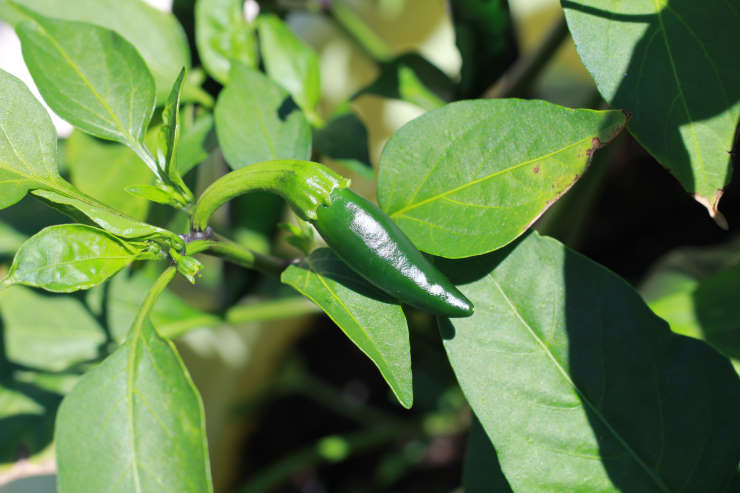
The quick answer is yes. But the seeds taken directly from a green jalapeno likely won’t sprout. You need to prepare them before planting. Providing suitable conditions will make them sprout early.
You can follow these steps:
- Take the mature peppers – you can understand it from their color’s darkness.
- Open inside of them with the help of a knife.
- You can shake or pull the seeds into a bowl or glass.
- Clean any juicy parts from the pepper on the seeds.
- Fill the bowl with warm water.
- Place the seeds inside the water. Some can be floating.
- Using muslin or cloth to separate seeds from the water will be fine.
Now that you’ve learned how to take and prepare seeds from a jalapeno, we can move to how to prepare them for germination and planting. Then, we will move to how to grow jalapenos from seed.
How to Prepare Jalapeno Seeds for Planting
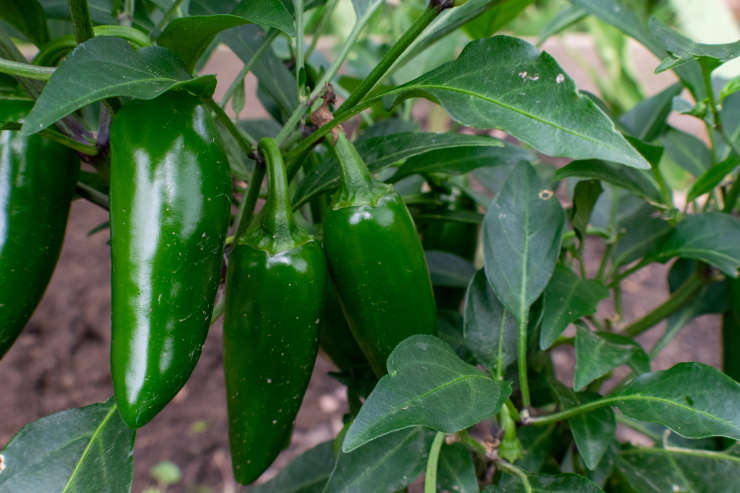
After preparing them, you need to dry the seeds. Again, don’t take the seeds directly from green or earlier jalapenos. They highly likely won’t be sprouting.
Here are the preparing steps that you need to follow:
- You can use store-bought seeds or can use seeds that are taken from jalapenos.
- Place them in a seed tray or a normal tray. You can place wax paper under them.
- Using a seed-starting mix will help them to germinate as soon as possible.
- Keeping them in a warm place to dry for 3-4 days will work.
- After 3-4 days, put the seeds on the wet towel or wet cloth, and fold twice.
- Put them in a plastic zipper bag, and often check for 2 weeks.
- You can label the plastic zipper bag with a marker.
- If you see 6-7 seeds start to sprout, the time has come for planting.
Pay Attention to These Before Planting

Before starting, be aware that oil in the seeds can cause harm to the skin. Using gloves during preparation and planting will be beneficial. Since the seed germination for this pepper is slow (2 weeks or sometimes even more), you can use a germination mat to increase both rate and speed. Before planting, you need to know that you can’t plant jalapenos until soil heat reaches 60 Fahrenheit (15 Celsius) and more.
You need to plant them indoors 6 weeks before the last frost date. Planting directly from the seed to the soil won’t give you sprouts 85%. You can move seedlings to the outdoors, such as the garden and balcony when the heat reaches 65 Fahrenheit (18 Celsius). These are some warnings that you should be aware of for receiving the product the best.
How to Grow Jalapenos from Seed
After you’ve prepared and germinated seeds, they will be ready to sow. Jalapenos love hot weather, so planting them on hot or warm days would be nice. During planting, you need to be extremely careful about space.
You can follow these steps:
- Prepare the soil. You can use a seed-starting mix during planting, too.
- Before starting, please note that jalapenos like large spaces to grow.
- Dig a hole or holes around ¼ inches (6.35 millimeters).
- Spacing between holes should be between 14-24 inches (35-60 centimeters.)
- After adjusting spaces, place the germinated seeds carefully.
- Note that hardening off 2 weeks before planting would be beneficial for seeds.
These are the needed things to learn how to grow jalapenos from seed.
How Long for Jalapeno Seed to Grow
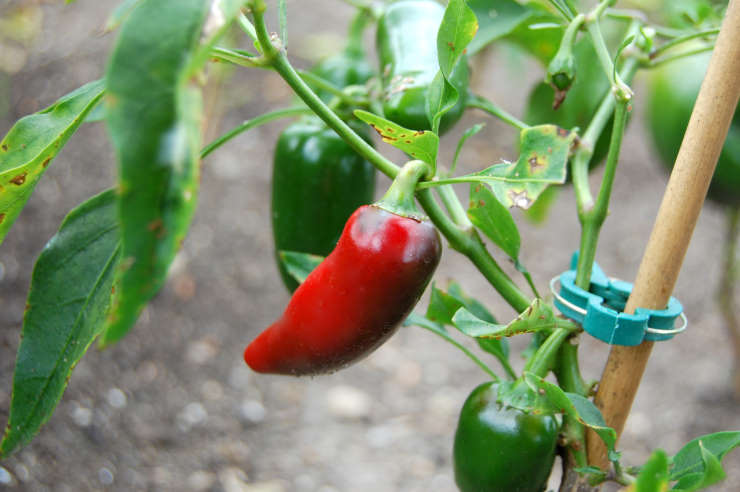
In the previous title, we learned the necessary factors for providing a suitable place to grow from seed. These will affect timing:
- Type of the pepper you’ve chose
- Sunlight
- Soil
- Water
- Fertilizer
- Place
- Weather
- Other Plants in Your Place
- Pests and Diseases that Can Slow Growing Process
In general, it takes 60-70 days for jalapenos to mature, but it depends on the type, too. Some types mature quickly while some need more time like 80 days or more.
60-70 may seem too long for peppers, but the separate timing is like this:
- Preparing and Seedling (up to your choice) Stage – Almost 2 weeks
- Adolescent stage – 1 month
- Growth Stage – from 4 to 8 months
- Maturation Stage – from 2 to 4 months
After these stages, flowering and producing the pepper happen.
Watering

Jalapenos need regular watering, but this should not be daily. 1-2 inches (2-5 centimeters) of water is enough for one week. It may seem not enough, but it would be more than enough. Overwatering is the enemy of plants and will cause them to wither and die. Always avoid giving too much water.
If the soil starts to dry, the watering time has come. During the dry weather, you can give a little more water but still be careful overwatering. Drip irrigation is the best way to water them. Still, you should be careful about puddling. Since watering affects heat and taste, a regular weekly watering schedule would be helpful.
Soil
Besides water, the soil is the main life source of plants. Therefore, it should be chosen carefully. Factors like the type of soil and pH are important. Soil pH between 6.0 and 6.8 would be the best for them to thrive. But jalapenos can grow well in slightly acidic or alkaline soil, too.
Mixing the soil is as important as pH. Using rich mixed, warm and well-draining soil is essential to maintain healthy development. You can use soil temperatures to learn about soil’s heat and soil test kits to learn nutrients and pH. Sunlight can affect the heat, therefore making the test in the evening when the sun starts to disappear would be good.
How to Harvest?
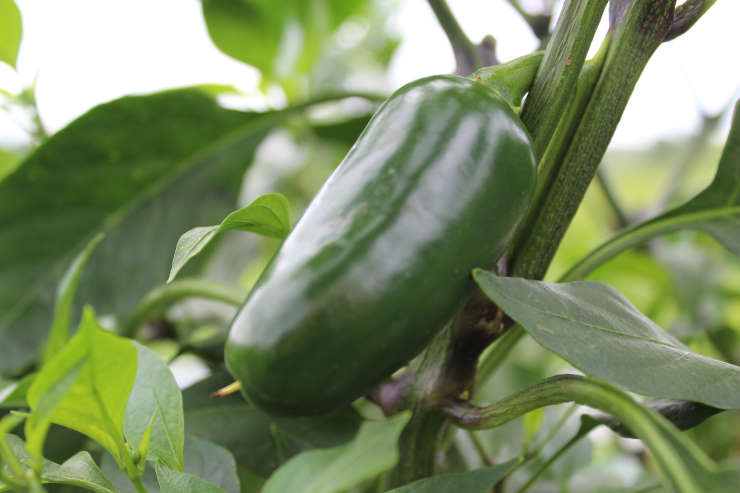
Since jalapenos are growing slowly, it may be difficult to know when and how to harvest them. There are three factors, including the harvesting time:
- Length – 3-5 inches (7-12 centimeters) is fine.
- Color – dark red or green means that it’s ready to harvest.
- Touch – When the surface is tough when you touch, the pepper has reached maturity.
Generally, the color gives so many clues about maturity. Moreover, it affects the taste and heat. So, you can pick the jalapenos according to your taste. Here are the mini tips:
- Green ones would be suitable for pickling and will be crunchier than other types.
- Red ones would be suitable for spice lovers and will be hotter than the other ones. This makes it perfect for salsa and addition to salads.
Common Diseases and Pests
There are some common pests and diseases that require action. These are:
- Pepper leaf spot is a bacterial infection mostly seen in humid and rainy climates. Using suitable and rich soil besides correct watering will help to prevent.
- The signs of pepper leaf spots are yellowish-green spots on leaves, sudden leaf drops, and decaying. Removing the infected leaves and using fungicides would be helpful.
- Mosaic virus is a virus that has irreversible effects on the plant. Aphids can transmit it from root to leaves and body. The signs of the mosaic virus are green and yellow mottled leaves and sudden leaf drops. Low and unhealthy pepper production is a common sign of this disease.
- Aphids are troublesome insects for this plant. They can be seen as white and green dots under the bottom sides of the leaves. Using a natural pesticide will solve your problem.
Conclusion
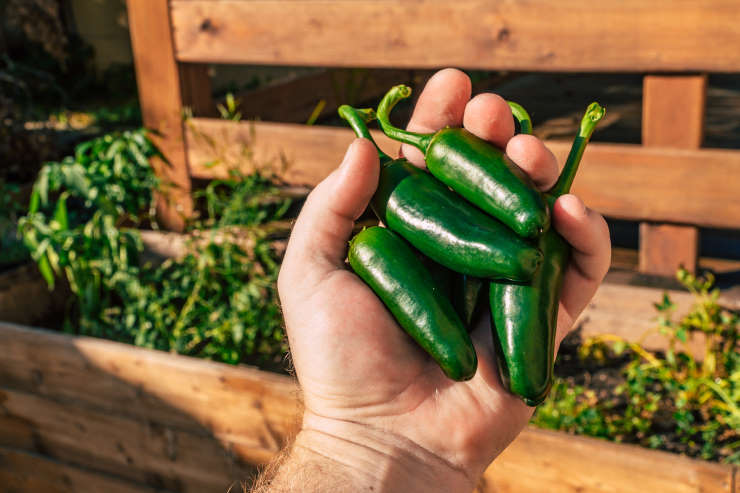
When everything has been considered, growing and caring for jalapenos are easy. Being easy to grow makes it perfect for beginner gardeners. You can grow jalapenos in your garden or balcony. Using the peppers you’ve planted and grown is a nice feeling that would make you proud.
You need to follow every step carefully to receive the best peppers. Provide them with rich and well-draining soil, create a regular weekly watering schedule and observe them often. These would help prevent pest attacks and possible diseases. 2 months later, you will receive delicious hot peppers. Please note that growing time will affect the taste and heat and may change from type to type.
You may also be interested in:
How to Grow Zucchini from Seed

